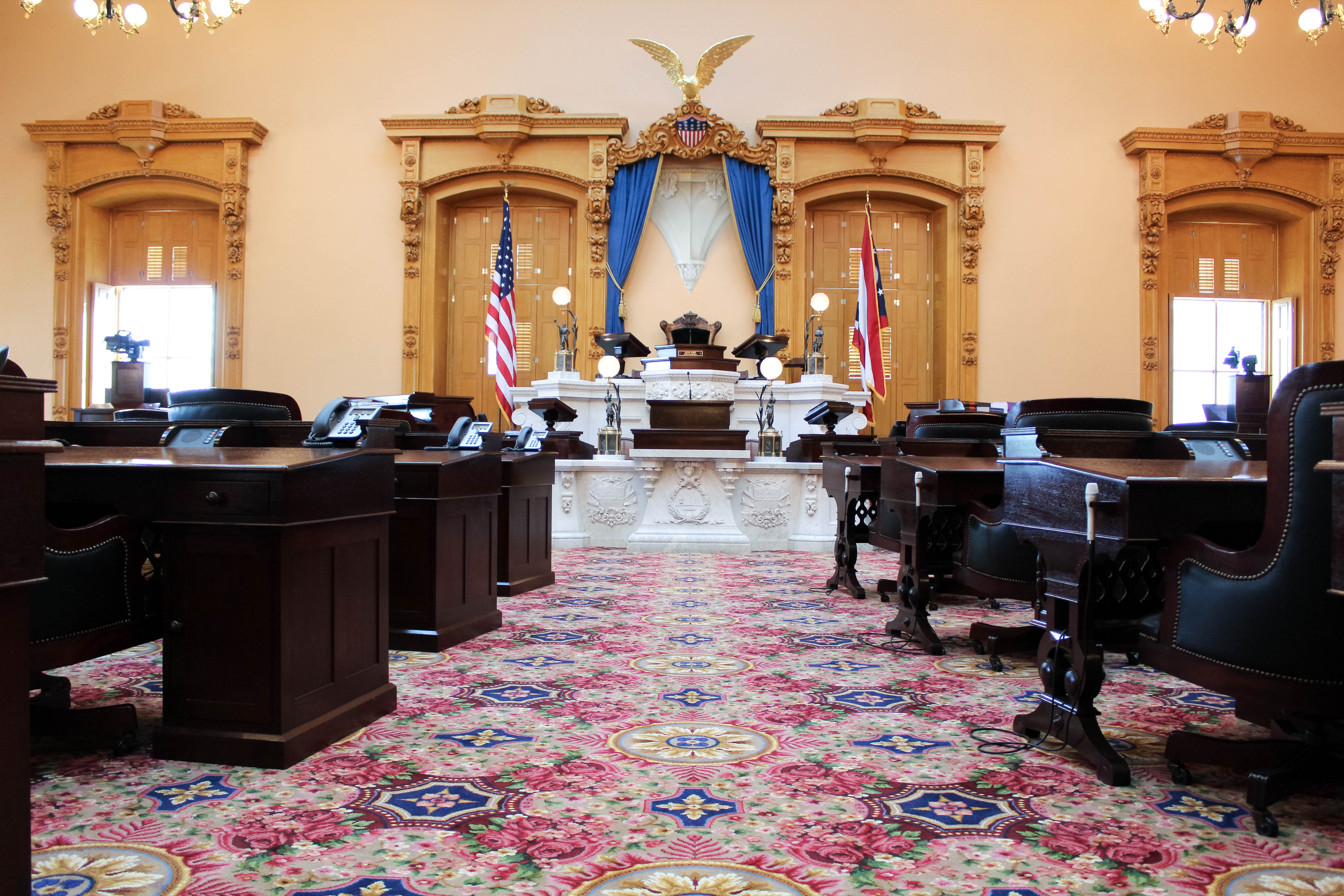Table Of Content

Tour content could be tailored to the age range and interest level of each group. The largest demographic group of visitors are fourth graders who were learning both state history and government process in their classrooms, but tours targeting political process, Ohio presidential history and Art and Architecture are also available. State Rep. Cindy Abrams, a Hamilton County Republican and former police officer who sponsored the bill, said she was sold on the idea by families of overdose victims and law enforcement. Under current law, possession of small amounts of Schedule III, IV, and V drugs without knowing they contain fentanyl is punishable via a first-degree misdemeanor. But if the person knows a substance contains fentanyl, it becomes a fifth-degree felony, which calls for six to 12 months in prison.
Votes on the Foreign Aid Bills
A broad and low central pediment supports the windowed drum, referred to as a cupola, which contains an oculus that lights the interior rotunda. The Statehouse remained neglected until February, 1848, when William Russell West and J.O. Sawyer of Cincinnati were appointed architects and general supervisors of the project.
The Ohio Statehouse is located at:
Walk-in tours start on the hour from 10AM - 3PM weekdays and 12-3PM on weekends. When the Statehouse was completed in 1861, it was the largest state capital in the country. Forty years later, the building was too small to house Ohio's growing government.
Largest human trafficking sting in Ohio history brings in 161 arrests
Ohio House District 32 race could affect House Speaker shakeup - ideastream
Ohio House District 32 race could affect House Speaker shakeup.
Posted: Thu, 14 Mar 2024 07:00:00 GMT [source]
Schedule III, IV and V drugs include Tylenol with codeine, ketamine, Xanax, Valium, Xylazine and others. More common street drugs like heroin, cocaine and methamphetamines are classified as Schedule I and II drugs. An earlier version of this article incorrectly identified the political party of a group of representatives who notably voted “no” on new aid for Israel. Opponents, including the American Civil Liberties (ACLU) of Ohio argued it would be better for the state to approach drugs and addiction differently. This bill, the ACLU argued, would do little to address the state’s addiction crisis and instead overpopulate its prisons and could also disproportionately hurt Ohio’s communities of color.
Outside, the Ohio Statehouse grounds are home to gardens, green spaces, and historic statues and monuments depicting great Ohioans. Visitors can easily spend several hours exploring the numerous Ohio Statehouse treasures. The Map Room is the reception area for the Ohio Statehouse Museum Education Center and starting point for Statehouse tours. A giant floor map of Ohio's 88 counties made from six types of colorful marble from around the world is the perfect place to begin your Ohio history tour. Considered one of the best examples of Greek Revival architecture in America, construction of the Ohio Statehouse began in 1839. It wasn’t completed until 1861, a few months after the First Battle of Bull Run, the first major battle of the Civil War.
Both their lobbyists, plus several House Republicans in floor speeches, repeatedly warned of flow of drugs through what they called an unsecured southern border of the country. “The problem we have in Ohio is penalties at low end of trafficking scheme are so low that we don’t have any leverage to work our way up to the higher level people,” he said. He said he trusts prosecutors to use their discretion to use the new law to target agents of a scaled drug trade, not college kids who unwittingly wound up buying a study drug cut with fentanyl. Policies like HB230, he said, are how prosecutors climb up the supply chain to reach the source. “I’ve been lobbying for 15 years at the General Assembly, and this has to be the worst ‘war on drugs’ bills I’ve seen all this time,” he said.
The Atrium, which connects the Statehouse with the Senate Building, is a large open space which hosts government functions and ceremonies as well as various meetings and events. House Bill 230 also dramatically increases penalties for trafficking compounds containing fentanyl. Currently, sale of 1 to 5 grams of such a compound is a fourth-degree felony, yielding six to 18 months in prison.

The Annex was a modern building with a metal girder skeleton and was planned for the use of electric light. The building retains many of its original light fixtures, while those in the Statehouse are reproductions of the gas lights that were removed to make room for electrical appliances in the 1890s. Many people, seeing the Ohio Statehouse for the first time, wonder why the dome was never completed. While a dome was proposed when the building was under construction, this idea was ultimately rejected. Cost, more than anything else, was the deciding factor, but since the Greek architecture on which the exterior design was based did not employ domes, it was considered an appropriate decision.
Grounds
The bill passed 80-13, with a bipartisan majority and only Democrats in opposition. The “no” votes include two physicians in the House, state Reps. Beth Liston and Anita Somani. Somani said she worries about unintended consequences of a punitive approach to fentanyl, including the risk that it pushes people toward a novel substance whose overdoses aren’t as easily reversed by naloxone. Additionally, she said the likely targets of police activity under the bill are low-level users and dealers, not kingpins.
The bill removes the knowledge requirement when fentanyl is mixed with Schedule III, IV, and V drugs. In other words, a person who purchases Xanax, an anti-anxiety drug sometimes used recreationally, without knowing it’s laced with fentanyl faces jail time as if they knowingly bought fentanyl. Republican Attorney General Dave Yost said 51 potential human trafficking victims were helped in and 161 men were arrested in 17 communities, including Elyria City Councilmember Mark Jessie, a firefighter, a teacher and a professor. For the third year, law enforcement around Ohio conducted a human trafficking sting. And this time it turned out to be the largest one in state history, Operation Ohio Knows.
In 1901, the Judiciary Annex was completed to provide space for the Supreme Court, Attorney General, and other state agencies. The House and Senate Chambers (only available to view during guided tours) are full of original details and intricate woodwork. The Governor's Office is not open to the public, but you can peek inside the window or see photos of the grand office on the statehouse website. I also suggest taking a free guided tour which lasts about 45 minutes and explore the statehouse on your own afterwards. The knowledgeable guides offer valuable historical context and take you inside the House and Senate Chambers which are only available to view during guided tours. Unlike many U.S. state capitol buildings, the Ohio Statehouse owes little to the architecture of the United States Capitol.

No comments:
Post a Comment